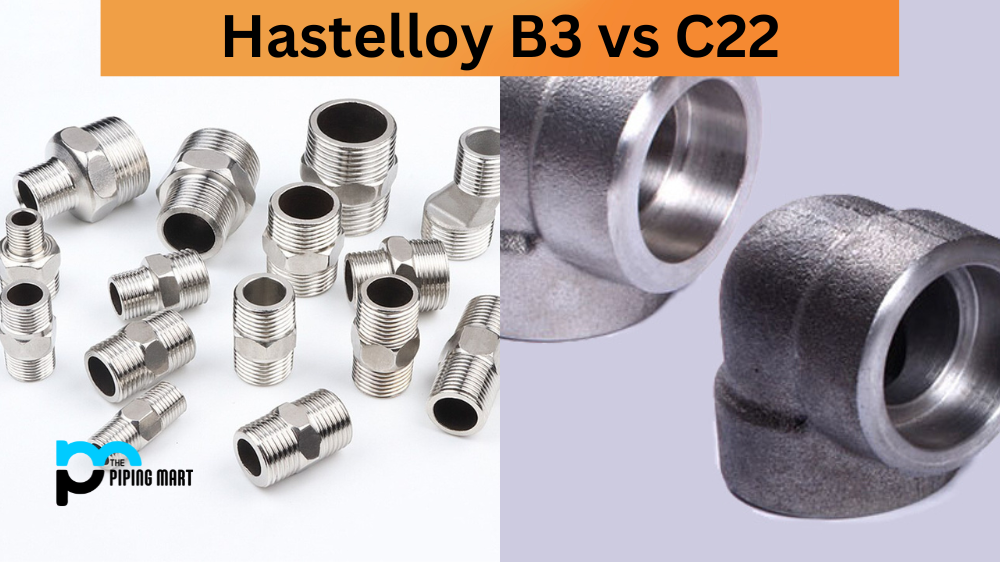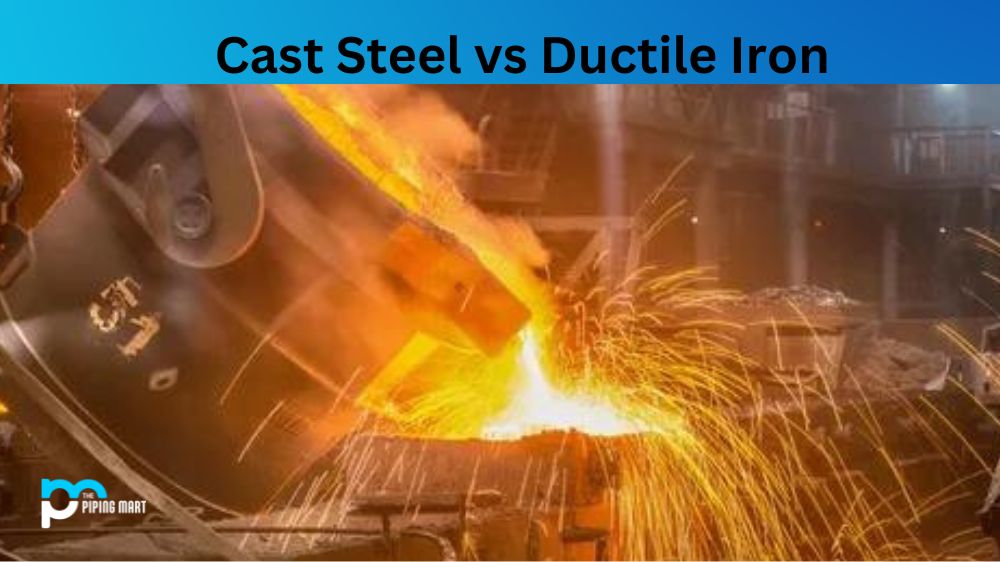When it comes to metal, there are a wide variety of options on the market, each with its own unique advantages and disadvantages. Two of the most popular metals used today are cast aluminium and stainless steel. In this blog post, we’ll take a closer look at the differences between these two materials so that you can decide which one is best for your needs.
Difference Between Cast Aluminum and Stainless Steel
One of the key differences between cast aluminium and stainless steel is their composition. Cast aluminum is made from a combination of aluminum and other elements like silicon, copper, magnesium, and zinc, while stainless steel is composed primarily of iron with at least 10% chromium. As a result, cast aluminum has higher thermal conductivity than stainless steel, meaning it can heat up faster but also cool down more quickly. On the other hand, stainless steel has greater strength and weather resistance than cast aluminum.
In terms of cost-effectiveness, cast aluminum tends to be less expensive than stainless steel due to its lower production costs. However, when it comes to durability and longevity, stainless steel often wins out because it can withstand temperatures over 2200°F without warping or losing its shape. Furthermore, since it’s nonmagnetic and corrosion-resistant, thanks to its chromium content, stainless steel is often chosen for medical instruments or food preparation equipment where hygiene is essential.
Cast aluminum also has some advantages over stainless steel in certain applications. For example, it can be used for lightweight structures like aircraft frames or car bodies due to its low weight-to-strength ratio compared to other metals like steel or titanium alloys. It’s also easier to form complex shapes than many other metals due to their malleability. Additionally, cast aluminium can be anodized for an even more durable finish that resists scratching or chipping better than untreated metal surfaces – making it ideal for outdoor furniture or decorative accents like railings or sculptures.
- Aluminium is a softer metal than stainless steel, making it easier to cast into shapes.
- Aluminium has a lower melting point than stainless steel, making it easier to work with.
- Aluminium is lighter than stainless steel, making it ideal for use in aircraft and spacecraft.
- Aluminium is more corrosion-resistant than stainless steel, making it ideal for use in saltwater environments.
- Stainless steel is stronger than aluminium, making it ideal for use in construction and heavy industry.
- Stainless steel is more heat-resistant than aluminium, making it ideal for use in high-temperature applications.
Conclusion:
When deciding whether to use cast aluminium or stainless steel in your next project, there are several factors worth considering, such as cost efficiency versus durability & longevity; desired surface finish; environmental conditions; required strength & weight; as well as aesthetic considerations like colour & finish options available in either material type. Ultimately though, no matter which material you choose, you’ll have a reliable product that will last you many years if properly maintained!

Pipingmart is a B2B portal that specializes in metal, industrial and piping items. Additionally, we share the latest information and information about materials, products and various types of grades to assist businesses that are involved in this business.




